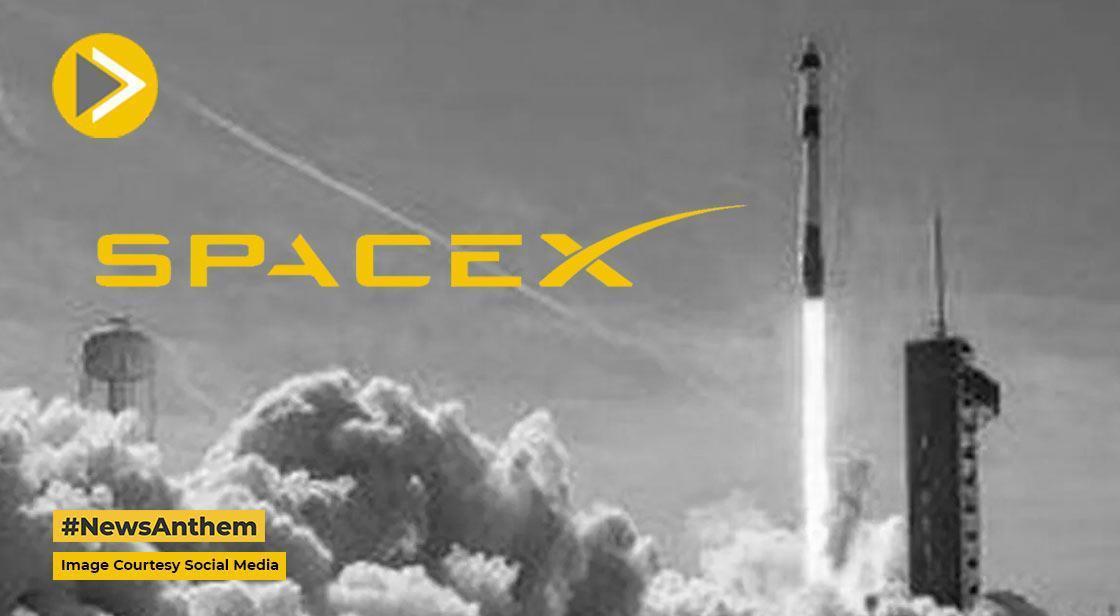NASA Launches SPHEREx Telescope to Unveil the Origins of the Universe

News Synopsis
NASA has successfully launched its latest space observatory, the SPHEREx telescope, on a groundbreaking mission to explore the origins of the universe. The launch took place from Vandenberg Space Force Base in California using a SpaceX Falcon 9 rocket. This two-year mission aims to study cosmic history and analyze hidden water reservoirs in the Milky Way.
Mission Objectives
SPHEREx, short for Spectro-Photometer for the History of the Universe, Epoch of Reionization and Ices Explorer, will collect data from over 450 million galaxies and 100 million stars within the Milky Way. The primary goal of the mission is to create a three-dimensional cosmic map in 102 different wavelengths of light, shedding light on the history and evolution of galaxies.
Exploring Cosmic Inflation
One of the key scientific pursuits of SPHEREx is understanding cosmic inflation—a phenomenon that describes the universe’s rapid expansion from a single point immediately after the Big Bang. This event, estimated to have occurred 13.8 billion years ago, resulted in the universe expanding exponentially within a fraction of a second.
SPHEREx instrument scientist Phil Korngut from Caltech emphasized the mission’s significance, stating, “SPHEREx is really trying to get at the origins of the universe – what happened in those very first instants after the Big Bang.” Researchers believe the observatory will help detect reverberations from this primordial event, offering new insights into the fundamental laws governing the cosmos.
Mapping the Universe in New Dimensions
SPHEREx will scan the sky in all directions, analyzing cosmic sources such as stars and galaxies. By splitting the light into its component wavelengths, the telescope will determine the composition and distance of celestial objects. The mission aims to answer crucial questions about how galaxies formed and evolved over billions of years.
Hunting for Water in Space
Within our galaxy, SPHEREx will investigate hidden reservoirs of water and other molecular compounds such as carbon dioxide and carbon monoxide. Scientists believe that ice-coated dust grains in molecular clouds play a crucial role in forming planetary systems and potentially harboring conditions suitable for life.
By analyzing the presence of water in interstellar space, NASA hopes to gain a deeper understanding of how essential elements for life are distributed throughout the cosmos.
The PUNCH Mission: Studying Solar Winds
In addition to SPHEREx, NASA also launched the PUNCH (Polarimeter to Unify the Corona and Heliosphere) mission, comprising four small satellites. The primary focus of PUNCH is to study solar winds and the sun’s outer atmosphere. These energetic solar emissions influence space weather, affecting satellites, communication systems, and even power grids on Earth.
PUNCH will provide a three-dimensional global view of the sun’s corona as it transitions into solar winds. This data will help scientists predict space weather events more accurately and protect critical technological infrastructure.
Scientific Significance
The dual missions of SPHEREx and PUNCH demonstrate NASA’s commitment to advancing astrophysics and heliophysics. SPHEREx will help unlock the secrets of the early universe, while PUNCH will enhance our understanding of solar activity. Together, these missions aim to revolutionize how we perceive the cosmos and our place within it.
Conclusion
NASA’s launch of the SPHEREx telescope marks a significant milestone in space exploration. By mapping the universe in unprecedented detail and uncovering cosmic mysteries, SPHEREx is poised to deepen our understanding of the origins of the universe. Coupled with the PUNCH mission’s investigation into solar winds, these initiatives highlight the ongoing quest to explore and comprehend the vastness of space.
You May Like









